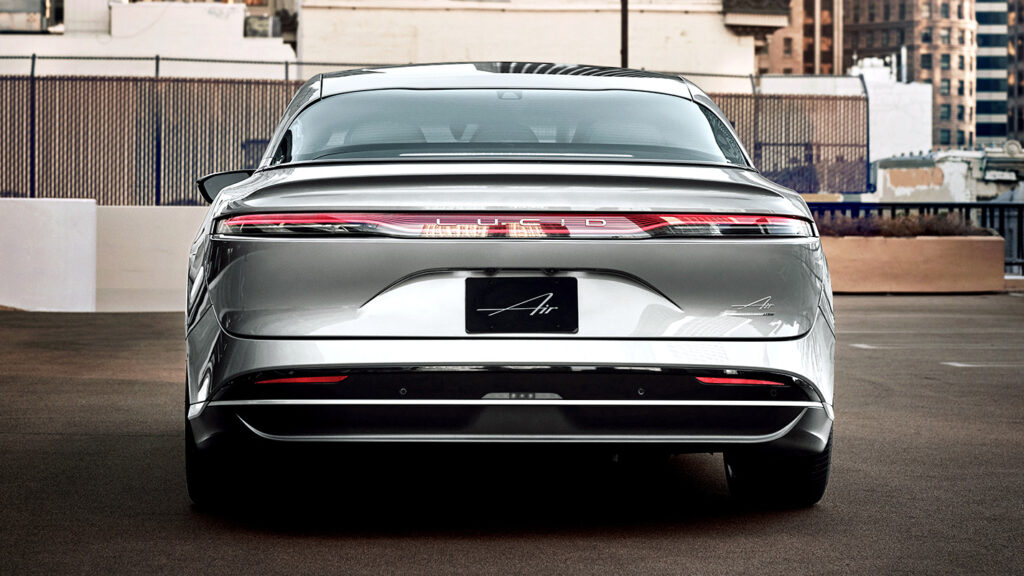Electric vehicles are more prevalent than ever, but consumers still have qualms about EV adoption, and it’s largely because of a single factor: range. More specifically, real-world range, and a new study from S&P Global Mobility explains how it can be solved.
One example the study used was the Tesla Model 3 Performance AWD, which has a maximum range of 372 miles (599 km), but under the same conditions in the real world, exhibited a range of only 310 miles (499 km).
Read More: EV Adoption Targets Are Unachievable, Say 59% Of Auto Industry Experts

Of course, this variation wouldn’t be as much of a problem if charging stations were as plentiful as gas stations, or if EVs could refill as quickly as ICE vehicles. This, combined with the aforementioned range anxiety, has actually led to a decline in consumer interest in EVs. Despite the variety of electric vehicles that have come out or have been announced in the past few years, S&P reported that 6 in every 10 people expressed interest in buying an EV in 2022, whereas that number was 8 in every 10 people in 2021.
While the study did claim that two-thirds of participants deemed 150-300 miles (241-483 km) of range acceptable, that acceptance is conditional on whether or not the vehicle can actually bring that kind of range in a real-world setting.
Related: Here’s How Much Cold Temperatures Actually Affect EV Range

Through statistical analysis, it was shown that the biggest contributing factors to an EV’s range were weight, motor power, and battery capacity. Unfortunately, modern consumers tend to prefer SUVs, which are heavier and less aerodynamic than a sedan (or even a wagon) in the same segment, putting them at a disadvantage right off the bat.
To remedy this, S&P believes the biggest key to solving discrepancies in real-world range could be advancements in battery technology. According to an analysis of over 900 EVs sold between 2017 and 2022, battery capacity was shown to be positively correlated with driving range. As manufacturers start to figure out more energy-dense battery solutions, they can begin to offer a larger electrical capacity in a smaller footprint, allowing for additional range in vehicles where that wouldn’t have been possible before. Additionally, as motors become more electrically efficient, the effect will increase two-fold, increasing the capacity at the source while decreasing the draw.



